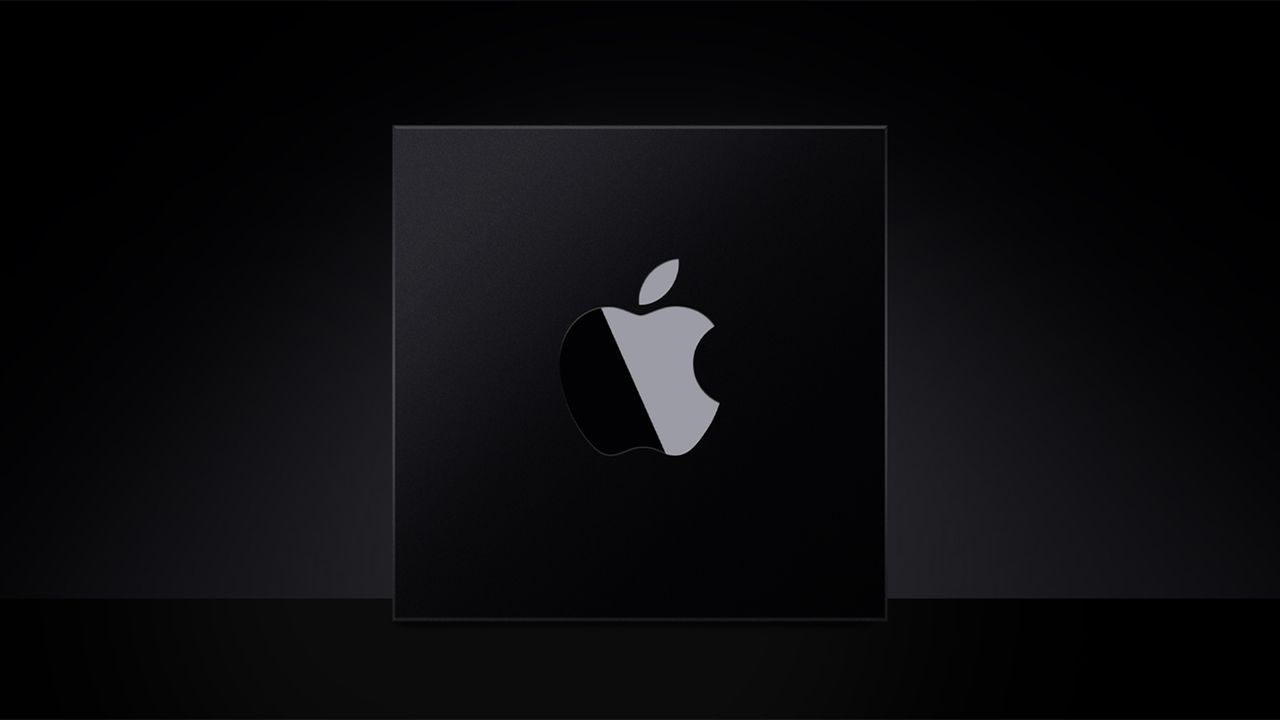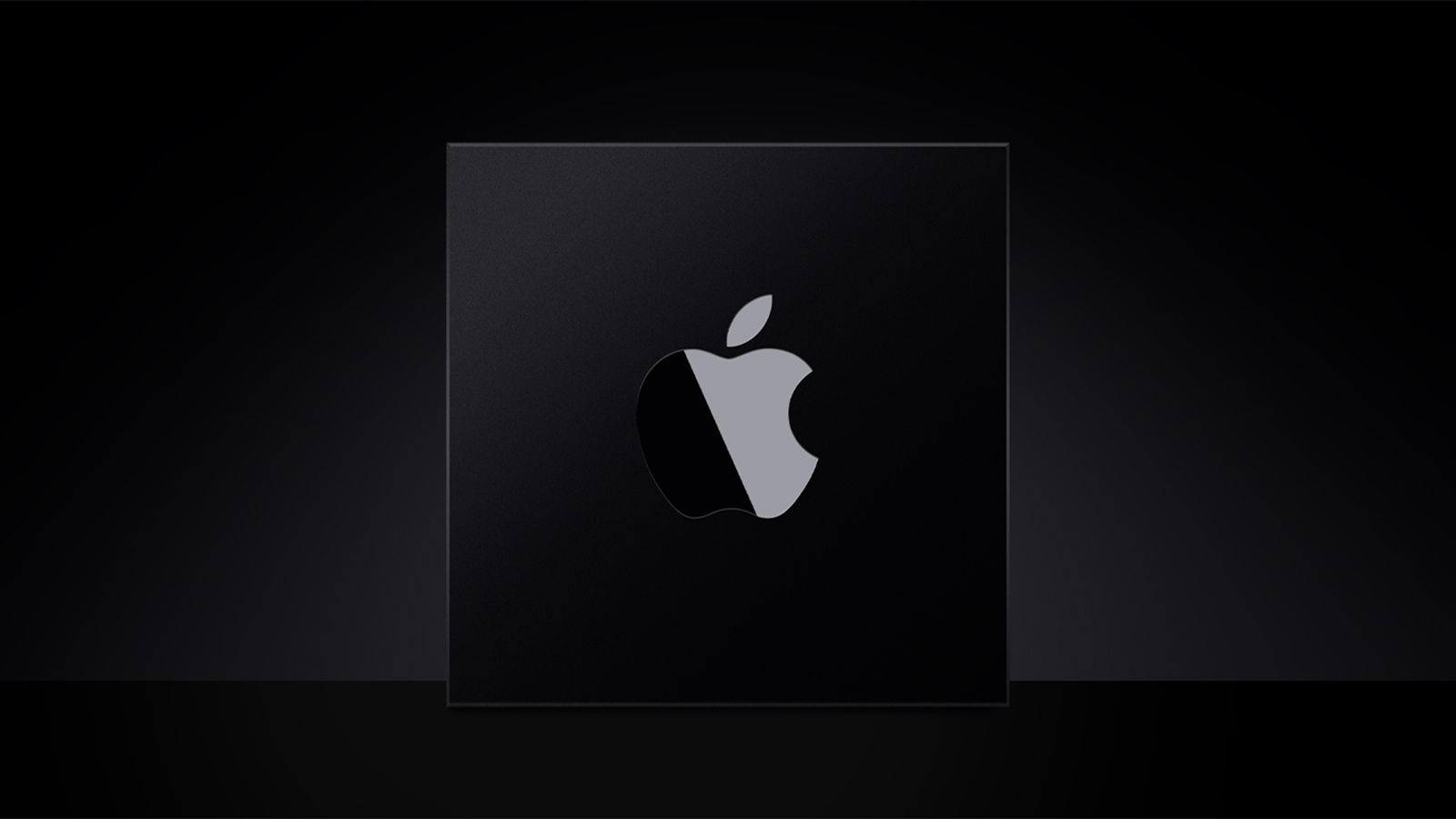It’s well established by now that Apple’s chip designs are really fast in single-threaded performance, as well as exceedingly power-efficient. Both the M4 Max in the Mac Studio and the A19 Pro ensconced in the iPhone Pro have been widely praised, but things have been quiet for a while on the iPad front, until today. A presumable M5 chip showed up in GeekBench, hitting a single-thread score of 4,133 points, a score higher than any stock-clocked CPU tested.
The device in question is an “iPad 17,3” device, almost assuredly the impending 2025 revision of the iPad Pro. The chip has nine cores (three performance cores, six efficiency cores) clocked at 4.42 GHz. The amount of RAM is listed as 12 GB, leading one to think that this is a revision of the 256/512 GB model (14 W SoC TDP), as the current higher-end iPad Pros with 1/2 TB of storage also have 10-core CPUs and 16 GB of RAM, as well as a correspondingly higher TDP of 22 W.
The GeekBench score of 4,133 points represents an uplift of 13% in single-threaded performance versus the extant 14 W chip, and 15% in multi-threading. Impressively enough, the uplift versus the 22 W variant of the M4 is still 10% for single-threaded tasks, and a more modest 5% in multi-threaded operations.
Apple has long touted the iPad Pro as a replacement for a standard-format computer, not only because of the high-spec hardware within, but also due to the improvements to iPadOS, like better multitasking and windowing support. Comparing M5 to the M4 Max in the Mac Studio, the M5 is impressively a near-exact match when it comes to single-threaded performance, although the multi-threaded performance is understandably quite inferior. Even still, it’s a comparison of what’s presumably a 14 W tablet chip to an 80 W desktop beast.
Visiting the realm of desktop PC chips, at least when it comes to single-thread performance, Apple’s ARM-based designs still reign supreme — at least as a synthetic benchmark like GeekBench is concerned, mind you. It’s no surprise that even the mighty AMD Ryzen 9 9950X3D loses out by some 22% to the M5, although the desktop chip naturally clobbers it in multi-threading tasks, particularly those that are extremely parallelizable, like compiling and ray-tracing.
Digging into GeekBench’s multi-threaded results tables, the closest match to the M5 would be a Ryzen 7 9600X. Putting things in perspective, though, it’s comparing a 65 W desktop chip with a big cooler and fan on it, versus a 14 W SoC inside a tablet. Apple’s chip engineers are definitely in a league of their own, though there’s a manufacturing process advantage, as earlier reports pegged the M5 as being manufactured in TSMC’s N3P process — one step ahead of the extant Ryzen chips in N4P.
All things considered, however, it’s hard not to be impressed by Apple’s chip design acumen. Having what would be the lowest-TDP M5 already posting these impressive benchmarks leaves one wondering what a future M5 Max will look like.
Follow Tom’s Hardware on Google News to get our up-to-date news, analysis, and reviews in your feeds. Make sure to click the Follow button.


